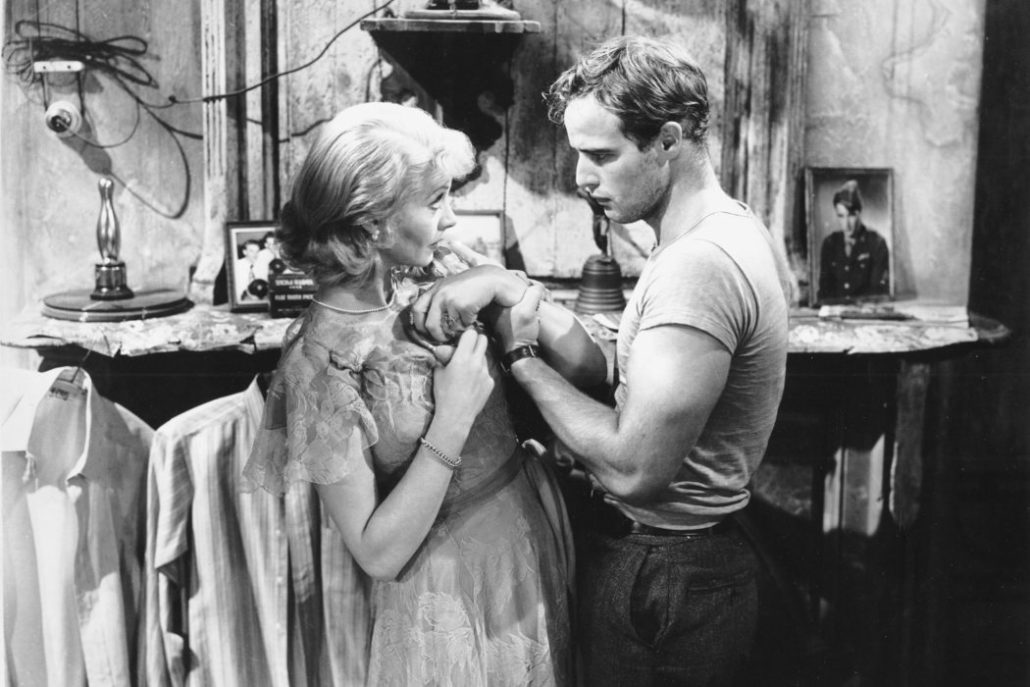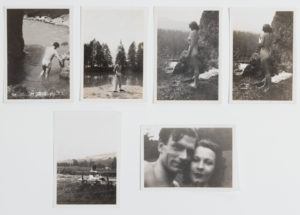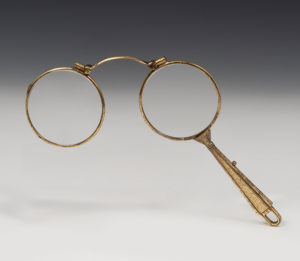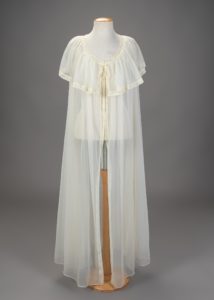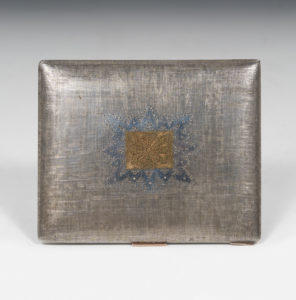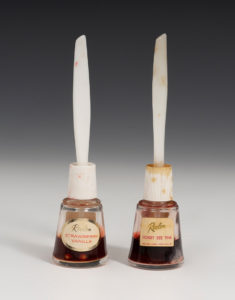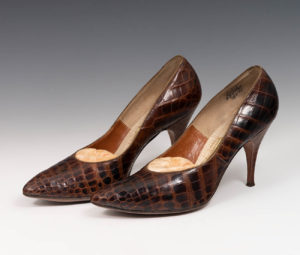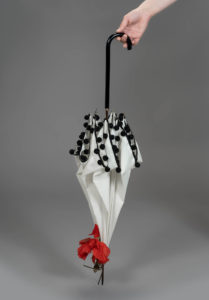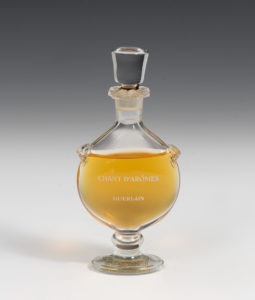Vivien Leigh: the myth and the woman.
ACCESS AUCTION
Vivien Leigh was one of the most iconic and admired actresses of the 20th century, acclaimed both for her exceptional talent and her captivating beauty.
From an early age she was interested in acting and played countless roles on West End stages, before being catapulted to international fame with her triumphal role as Scarlett O’Hara in “Gone with the Wind” (1939), one of the highest-grossing films in cinema’s history.
From the beginning of her torrid love affair and subsequent marriage with the great British star of that moment Sir Laurence Oliver, all spotlights were on the most outstanding couple of the London scenarios. They both also acted with great success on the big screen during Hollywood’s heyday, playing roles that defined an entire generation and consolidated their reputation as two of the brightest stars.
Her performance as Blanche Dubois in the acclaimed adaptation of Tennesse Williams’ masterpiece “A Streetcar Named Desire” (1951) gained Vivien her second Oscar and became one of the most noted in cinematic history, nominated to 12 Academy Awards. Upon release of the film, Marlon Brando, virtually unknown at the time of the casting, rose to prominence as a major Hollywood film star.
It can be said that one of Vivien Leigh’s greatest admirers was the young Barcelonan Elvira Clara Bonet, who saw the movie “Gone with the wind” during its first release and was deeply impressed by the actress’ role. The young woman began to write letters and to send roses to Vivien Leigh regularly, marking the beginning of a relationship that would last for more than a decade. Eventually Elvira Clara’s dream came true and Vivien Leigh agreed to meet her in her London residence on two occasions.
After Vivien Leigh’s tragic death in 1967, caused by the effects of chronic tuberculosis, Miss Bonet befriended the actress’ family and her Spanish maid Domitila. In attention to the affection and devotion professed by her great admirer, the family bestowed her with a number of personal objects of great sentimental value such as photographs and personal belongings, all of which will go under the hammer at Setdart on 26 May.
Never before seen pictures of the couple swimming naked; glasses used as a prop during the shooting of her last movie “Ship of Fools”; the personal diary used during the year of the actress’ death with notes in her own hand; a lace nightgown; as well as the correspondence between Elvira Clara and Vivien Leigh… The intimate nature of this objects opens a window to discover a private aspect of her life, beyond the myth. It is enough to look through her diary’s pages to appreciate the hectic rhythm of her social and professional life which characterized her until the last minute.
Handbags, shoes and nail polishes give a glimpse into the care she paid to her physical appearance, as well as the natural elegance for which she was known. Small artworks, such as a 17th-century Italian sanguine shed light on the actress’ inclination for beautiful objects. Through each piece we can evoke a small moment in the daily life of the great actress and woman.
Vivien Leigh’s charismatic personality, her dramatic personal life and her outstanding talent, coupled with the unique historical moment she was living, continues to fascinate generations of admirers and collectors to this day.
.


